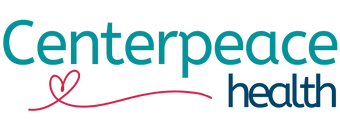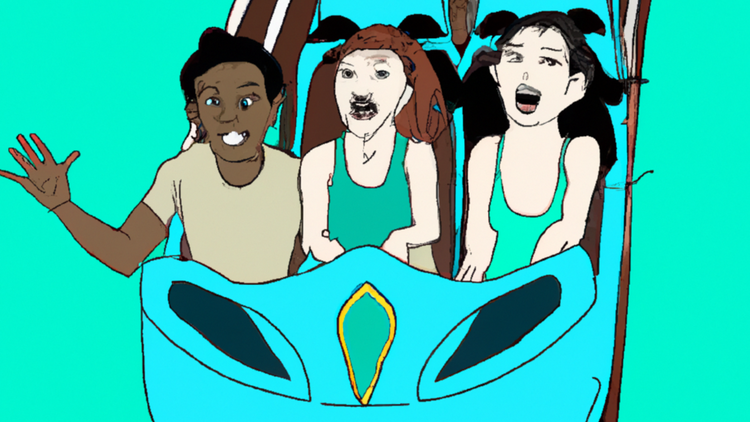Introduction
For any parent, the word "surgery" associated with their child is enough to provoke an emotional landslide. When you're a parent of a child born with a complex medical diagnosis, those emotions are multiplied tenfold. While we knew the surgical journey would be challenging, we couldn't fully anticipate how those challenges would evolve as our child aged. Yes, we were told, educated, and prepared for the immediate hurdles, but as the years roll on and new circumstances surface, so too does a fresh set of anxieties and unknowns.
One such landmark that often remains shrouded in complexity and doubt is the post-Fontan phase. Fontan surgery—a procedure performed to help children with single-ventricle defects— is a beacon of hope and a testament to medical advances, but it is not the end of the road Fontan surgery is considered palliative care; it doesn’t fix the heart defect but does help to increase the quality and quantity of life, but it is a change in the body’s anatomy and physiology that must be monitored. And for many, like my family, the Fontan Clinic, which marks the next stage in the journey, can trigger a renewed cycle of concerns and questions.
The Fontan Clinic: An Unexpected Turn
We knew the Fontan Clinic was coming; it was something we were told about, and we assumed it would be a baseline check. It was supposed to be an assessment, a review, an analysis. It turned out to be much more.
What began as a seemingly routine clinic visit 15 months ago led to further tests, including a heart catheterization to place stents. And that heart cath unearthed a set of inefficiencies in my son's blood flow that we had not foreseen. It opened up a Pandora's Box of uncertainties: What do these inefficiencies mean? Why is there a discrepancy between the lab results and his day-to-day well-being? Why are we talking about long-term risks when he seems perfectly fine today? What are those long-term risks? Do we “fix” the inefficiency or “let sleeping dogs lie”? What is the right “fix” when this is something the team hasn’t seen before?
Fontan-Associated Liver Disease
As if the heart-related issues weren't enough, we were hit with another curveball: Fontan-associated liver disease (FALD). We knew it was a likely possibility, but we hadn’t prepared for it. The liver aspect is not something widely talked about, but it's crucial and alarming when your child starts to exhibit potential signs. The clinic began monitoring new metrics and brought on a new member of his care team, a Gastroenterologist — who monitors numbers related to liver function, elasticity, and cirrhosis — that we were completely unfamiliar with.
Liver disease associated with Fontan circulation is a slow-developing condition that is not well understood yet. Each child with a Fontan palliation will develop abnormal liver function when compared to someone without a Fontan repair. Teams across the country are still trying to determine what is the baseline for these kiddos; when to be concerned and when/if to intervene.
The Emotional Rollercoaster
Despite all these newfound issues, our son is clinically doing well. It's a weird space to be in emotionally. On the one hand, we're so grateful that he's running around like a normal kid. But every so often, there's a little hiccup—a day when he's more tired than usual, a non-normal bowel movement—and we're back on the rollercoaster. Our minds start to race: What does this mean? Is it the start of something bad? Should we be worried?
Living in the Present, Fearing the Future
While we try to focus on today, there is still an unsettling undercurrent about something going wrong in the future. "The future" is ambiguous; it could be a month, a year, or a decade. This looming uncertainty makes it incredibly challenging to find emotional equilibrium.
We're left fighting conflicting emotions. We're grateful that he's okay, but we're also constantly worried about these inefficiencies that have yet to manifest in a worrisome way. It's hard to find a balance between caution and normality. How do you let your child be a child when you have to safeguard them against an uncertain future? As parents, I know this is something we all face. The difference is that when you have a child with medical complexity, the uncertainty is at the front of your brain nearly always.
Preserving Normalcy
Our priority is to offer him as typical a childhood as possible. We want him to run, play, and laugh, to be with friends and family. We also want to shield him from infections and fatigue that could exacerbate his condition. We're continually reassessing our boundaries—letting him venture out a little further while still keeping the safety nets in place. We continuously walk a tightrope between mental wellness and physical health. We fret that our decisions are the wrong ones and weigh which ones will be easiest to forgive ourselves about, easiest for him to overcome, and which ones we can resolve and move on from most easily when we get it wrong.
Concluding Thoughts
Life post-Fontan surgery is a labyrinth. Just when you think you've navigated the most challenging sections, you turn a corner and find a new set of intricate mazes to work through. While the Fontan Clinic is an indispensable tool in managing our child's health, it has also unmasked a new layer of complexities that we're still grappling with.
But here's the thing: we've navigated storms before, and we'll weather this one too. As parents, our job is never done; we're always learning, adapting, and growing stronger—even when the path ahead is unclear. What we do know is that every extra tired day, every non-normal bowel movement, and every medical test is a step towards understanding how best to support our extraordinary child in living an extraordinary life.
For those of you entering this next phase, hold on tight. After some well-earned years of normalcy, getting back into the seat of the roller coaster can be scary. We have to remember that we're not riding it alone. The journey is fraught with uncertainties, but it's also filled with opportunities for immense growth, love, and joy of the ordinary amidst the extraordinary.
So, we hold hands and step into that uncertainty together. Our children deserve nothing less.

